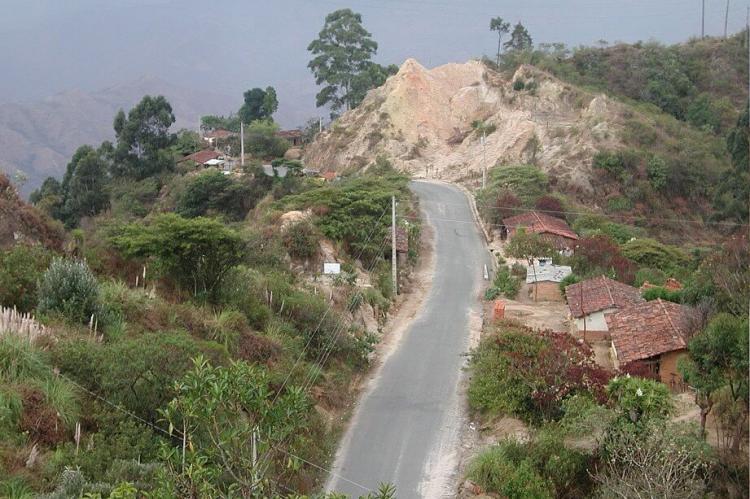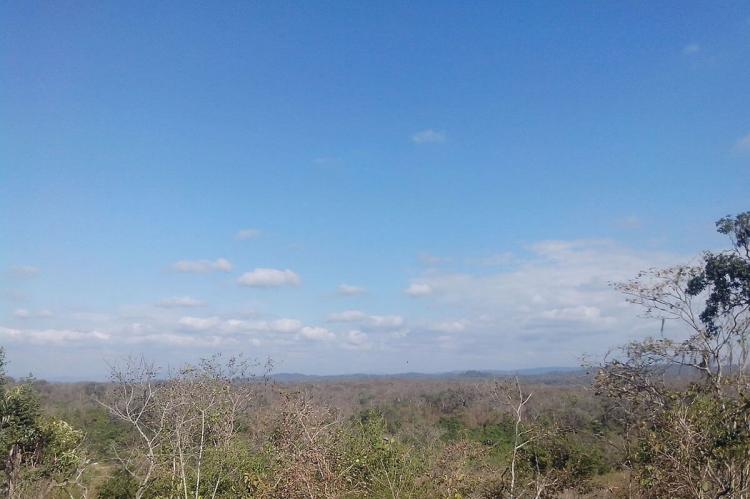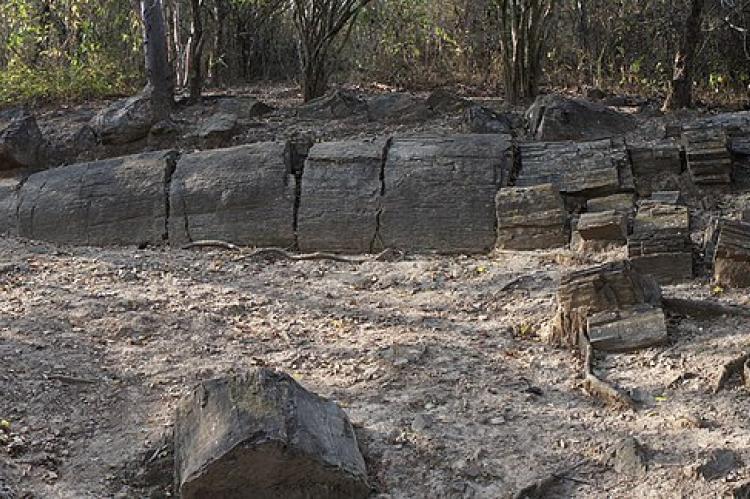Bosque Seco Biosphere Reserve: Natural Splendor Meets Cultural Heritage
The Bosque Seco Biosphere Reserve is a biodiverse ecosystem with various landscapes, from mountains to plains. Part of the Bosques de Paz Transboundary Biosphere Reserve, spanning Ecuador and Peru, it also features heritage sites and cultural festivals celebrating nature and culture's nexus.
Bosque Seco Biosphere Reserve: Natural Splendor Meets Cultural Heritage
Nestled in the southwestern reaches of Ecuador, spanning the provinces of Loja and El Oro, the Bosque Seco Biosphere Reserve is a testament to the country's rich biodiversity and cultural composition. Designated in 2014 and covering a vast expanse of 501,040 hectares (1,238,096 acres), this reserve is a haven of dry forests and scrub, contributing to ecological diversity and the region's cultural and economic life.
Geographical Diversity
The Biosphere Reserve is a landscape of contrasts. It features marked mountainous structures in areas like Paltas and Celica cantons, giving way to the hills of Pindal and Las Lajas cantons and expansive plains for agriculture in Puyango, Zapotillo, and Macara. The region's relief diversity is a canvas painted with mountains, hills, and plains, creating a habitat that sustains many ecosystems.
Bioclimatic Zones
The Biosphere Reserve unfolds across three main bioclimatic zones. The semi-arid zones bordering Peru contrast with the dry sub-humid zones in the middle and lower parts of the Loja province. The higher lands above 1,200 meters (3,900 feet) embrace a subtropical climate, while the tropical climate characterizes areas below this threshold. This climatic diversity contributes to climate regulation and water provision, which are crucial regional ecosystem services.
Guardians of Dry Forests
The dry forests within the reserve are extensive and the best-preserved in the country. However, their rarity elevates them to a conservation priority, as 97% of dry forest ecosystems teeter on the edge of extinction. The Bosque Seco Biosphere Reserve is pivotal in preserving these vital ecosystems.
Rich Flora and Fauna
The Tumbes-Piura ecoregion within the reserve is a phytogeographic treasure trove boasting high rates of endemism. The reserve is a botanical marvel with 219 identified species of shrubs and trees, including 15 endemics. The avian residents add another layer of uniqueness, with 51 species of endemic birds calling the area home. The Bosque Seco Biosphere Reserve is part of the Tumbes-Chocó-Magdalena biodiversity hotspot, showcasing its ecological significance.
Transboundary Collaboration
In 2017, the Bosque Seco Biosphere Reserve joined forces with the Noroeste Amotapes-Manglares Biosphere Reserve in Peru, forming the new Bosques de Paz Transboundary Biosphere Reserve. This collaborative effort underscores the commitment to regional conservation and highlights the interconnectedness of ecosystems across borders.
Culture and Economy
Inhabited by approximately 106,000 people across eight Loja and El Oro counties, the biosphere reserve is a cradle of rural life. The primary economic activities revolve around agriculture and livestock rearing, with coffee, corn, rice, and fruit cultivation forming the backbone of the local economy. The indigenous flora, featuring over 90 plant species, plays a vital socio-economic role, providing local communities sustenance, income, and medicinal resources.
Tourism and Cultural Heritage
The Bosque Seco Biosphere Reserve is a treasure trove of cultural heritage and ecological wonders. With over 100 heritage sites, including the globally renowned Puyango Petrified Forest, the reserve attracts around 25,000 visitors annually. Tourism, in its various forms—ecological, sportive, religious, scientific, recreational, and archaeological—contributes significantly to the local economy.
Festivals, heritage sites, and unique ecosystems create a vibrant collage that draws visitors from around the globe, fostering a harmonious connection between nature's splendor and cultural richness. The reserve is a shining example of sustainable coexistence between humanity and the natural world, where each element contributes to the flourishing tapestry of life.





